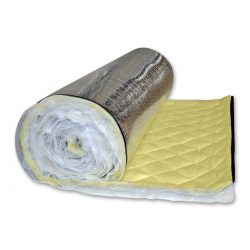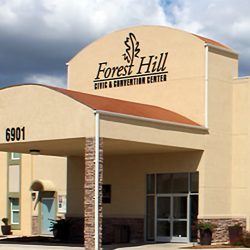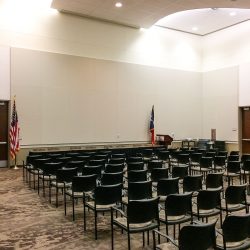Phoenix Sky Harbor International Airport
The Issue
Serving over 37.8 million passengers every year, the Phoenix Sky Harbor International Airport relies on clear communication to help travelers navigate throughout the airport’s three enormous terminals. In addition to knowing where they need to go, the over 100,000 passengers and guests that pass-through Sky Harbor’s doors every day must be kept comfortable.
With the large number of HVAC systems radiating throughout each terminal, it was imperative that a solution was sought to diminish the noise transmitting throughout the walls of the ducts.
The Challenge
“Flight 6836 to Fairbanks Alaska now boarding at gate T2”; “Wheelchair needed at gate C17 for passenger assistance”; the personal address (PA) systems at airports convey critical information all the time. Hearing the announcements clearly is vital, thus airports must go to great lengths to ensure good communication.
Clearly marked gates, informational signs, arrival and departure boards and easily understood verbal communication help airports run as smoothly as possible. The hard reverberant surfaces that are prevalent in airports reflect noise energy around the space making verbal communication extremely difficult. Therefore, airport authorities require that all background noise be at an absolute minimum, including noise from HVAC systems.
The city of Phoenix had set specific noise criteria for the HVAC units, and the associated ductwork that runs throughout the terminals. To meet these noise requirements, the architects contacted Acoustical Solutions, seeking sound advice.
The Solution
The AudioSeal® Duct and Pipe Lag material was the recommended choice. This acoustical composite consists of a one pound per square foot foil faced barrier, bonded to a one-inch-thick quilted fiberglass absorber.
Along with the other products in Acoustical Solution’s HVAC product family, the AudioSeal® Duct and Pipe Lag is specifically designed for wrapping the exterior of pipes and ducts. The foil facing allows for easy, time saving installation of the product by utilizing a matching lag tape to seal horizontal and vertical seams.
The fiberglass absorber/decoupler allows the flexible noise barrier to achieve optimum sound attenuation. It also adds significant thermal insulation.
The Result
After seeing how well the lagging product had worked to help reduce the noise in Terminal 3, the decision to specify their product again was an easy one. The client reported that the AudioSeal® Duct and Pipe Lag was “as easy to install as any product of that type.”
To learn more about how Acoustical Solutions can solve your noise control problems, use our contact form, call one of our Acoustical Sales Consultants at (800) 782-5742, or visit us on the web at acousticalsolutions.com.









